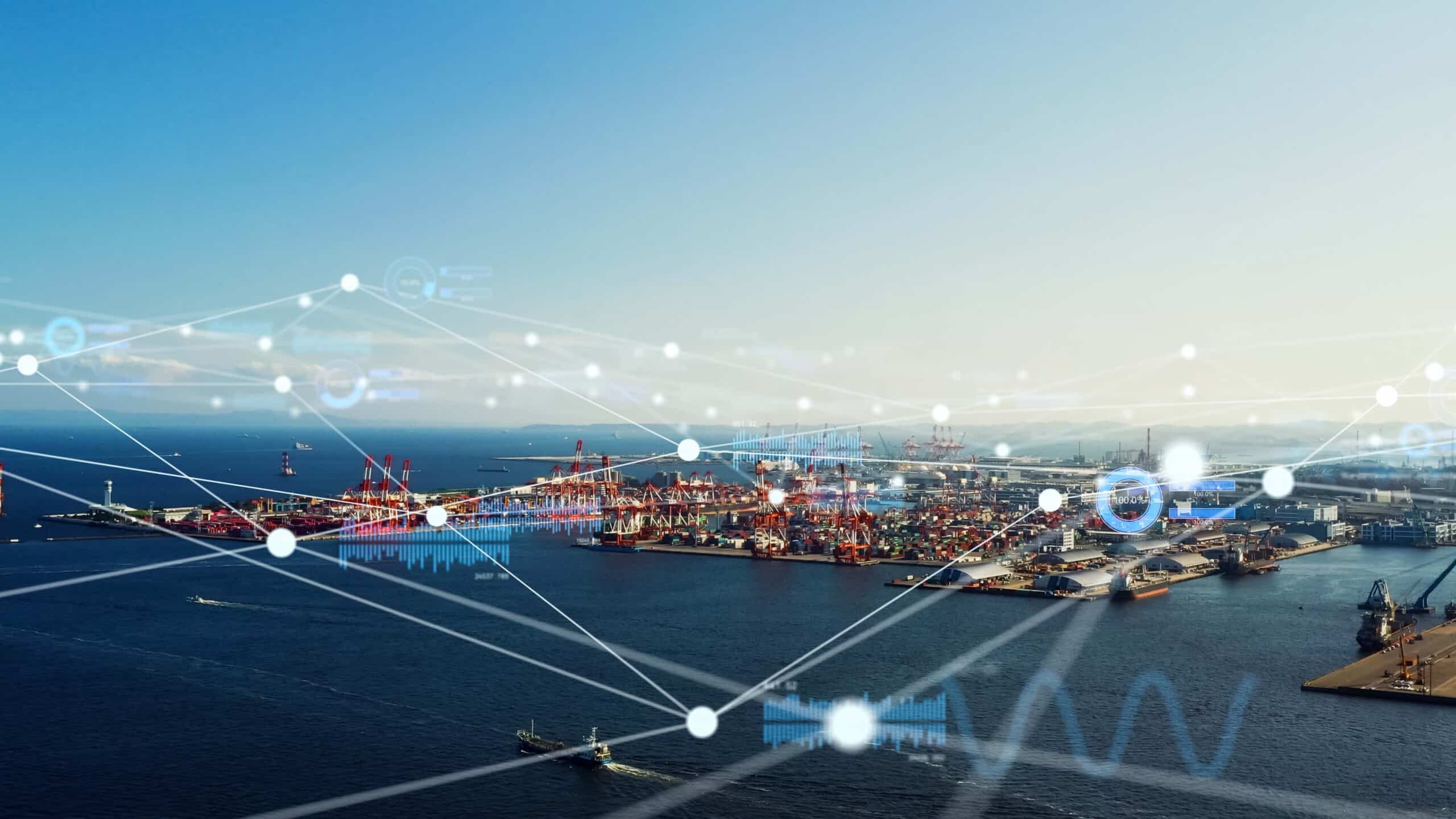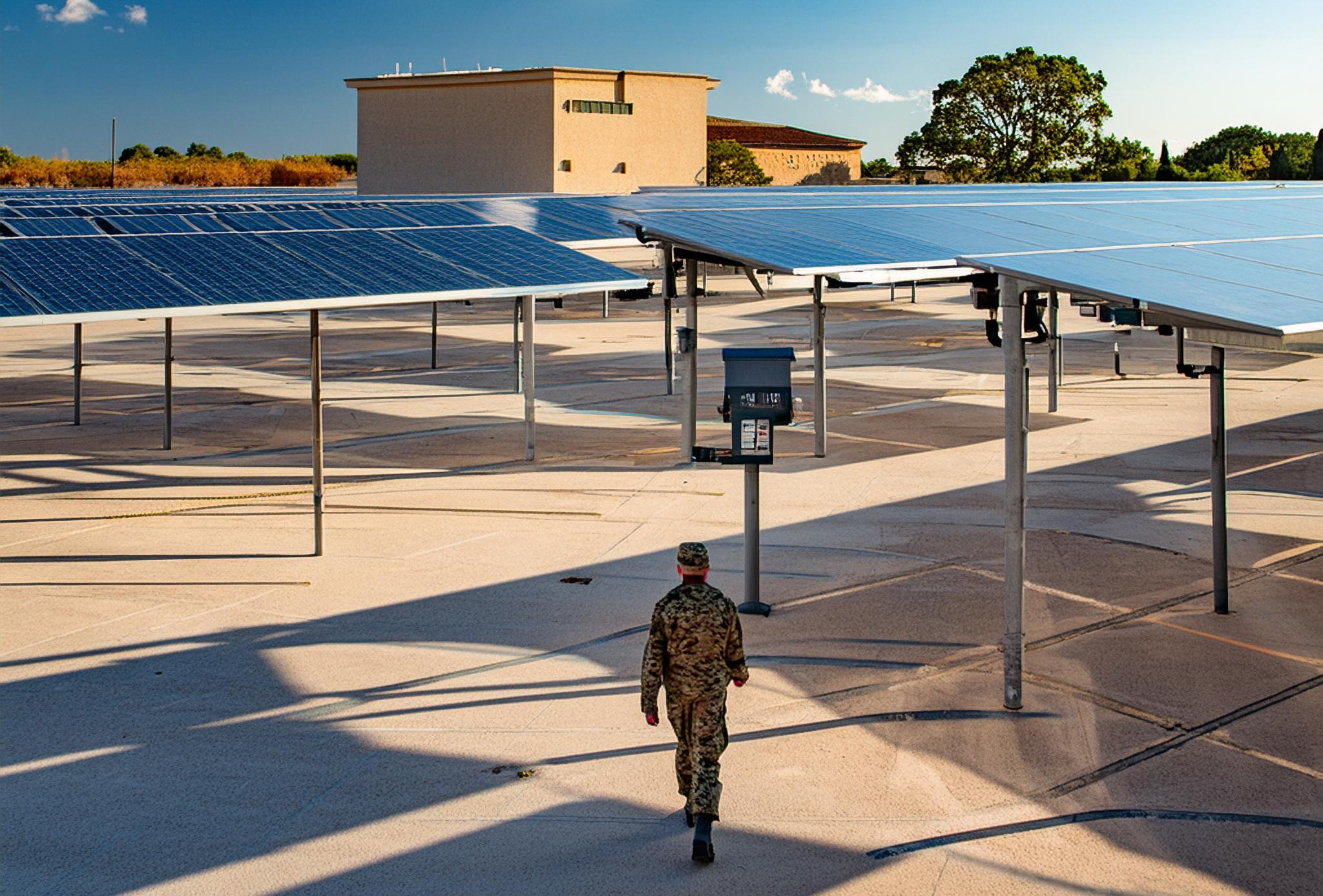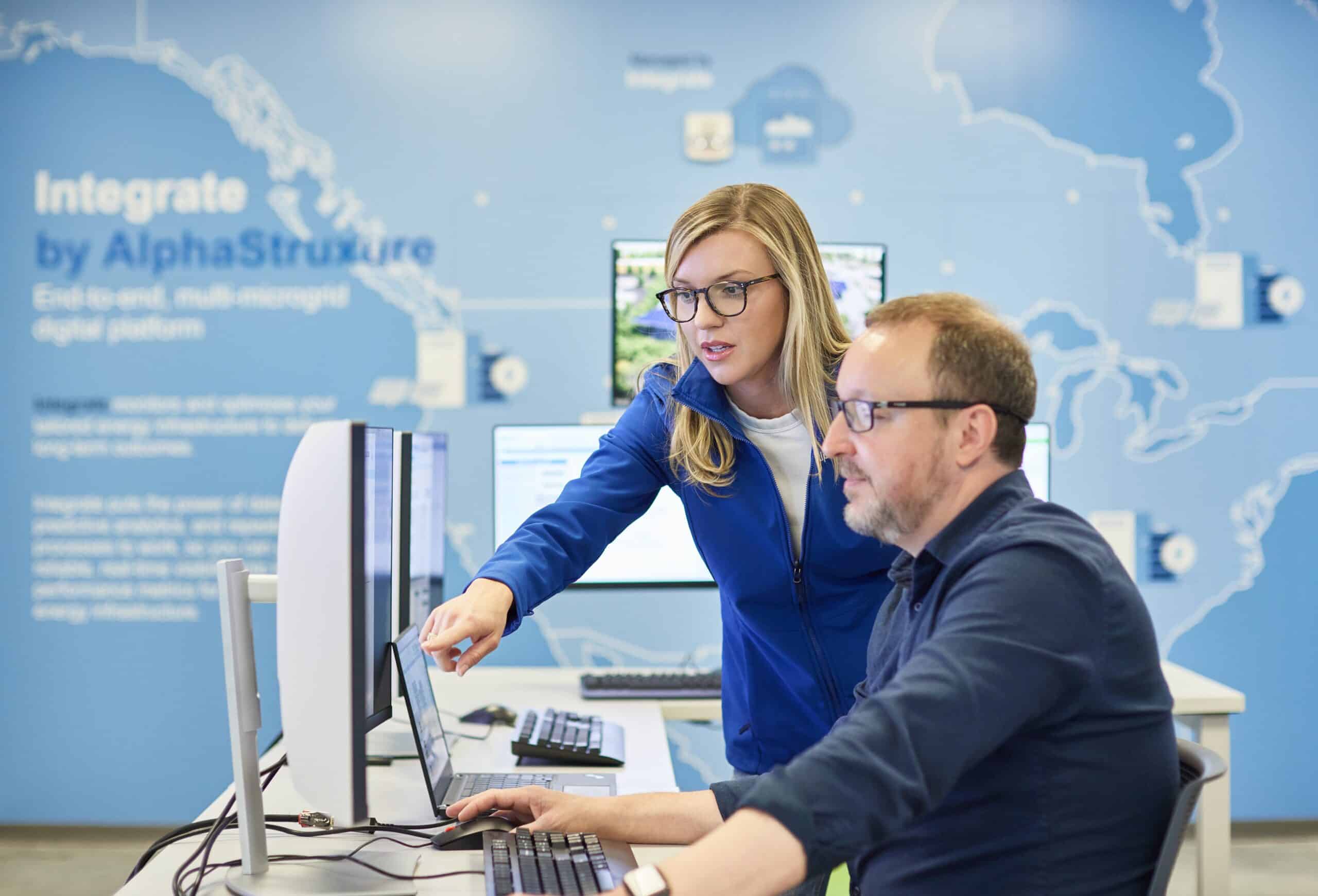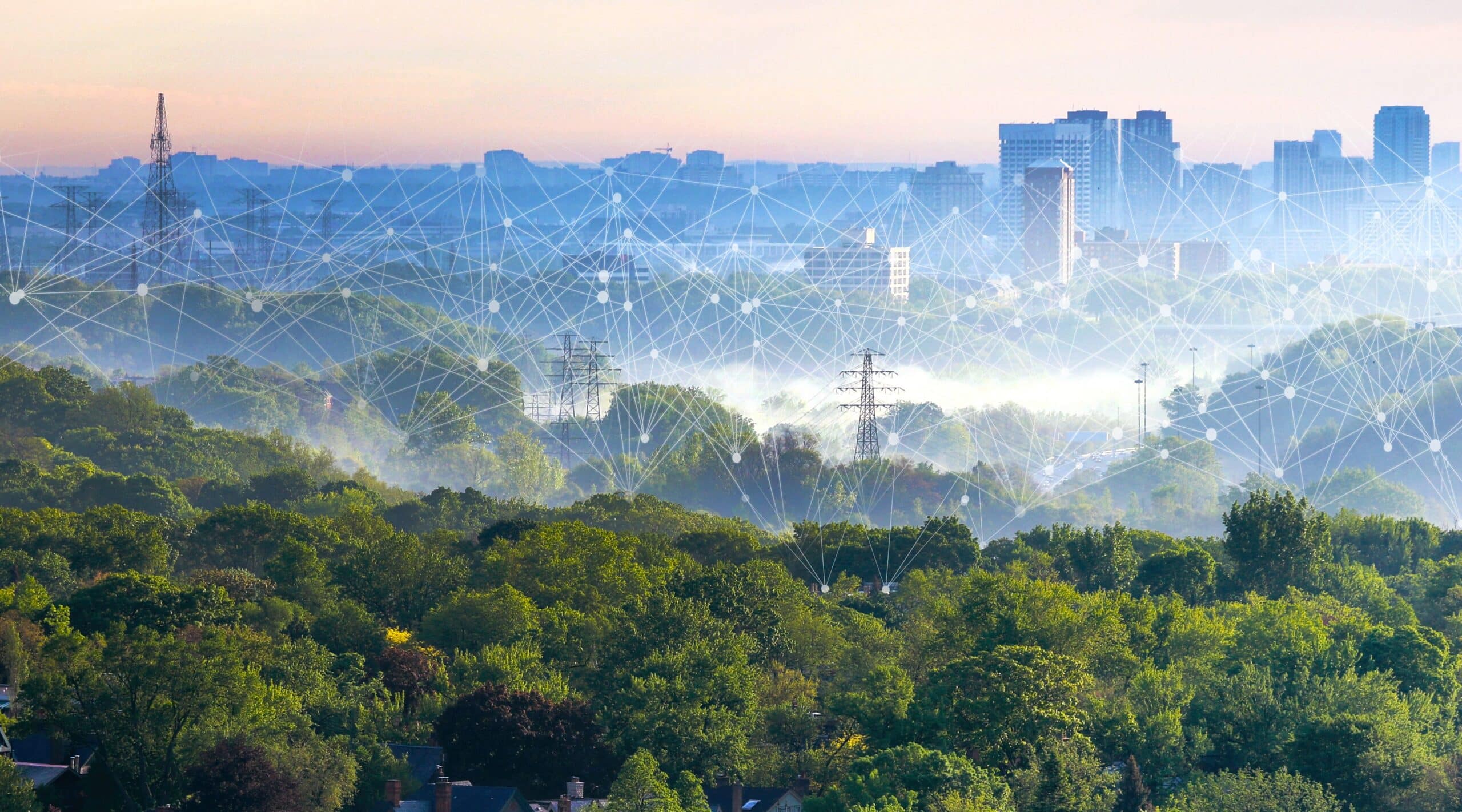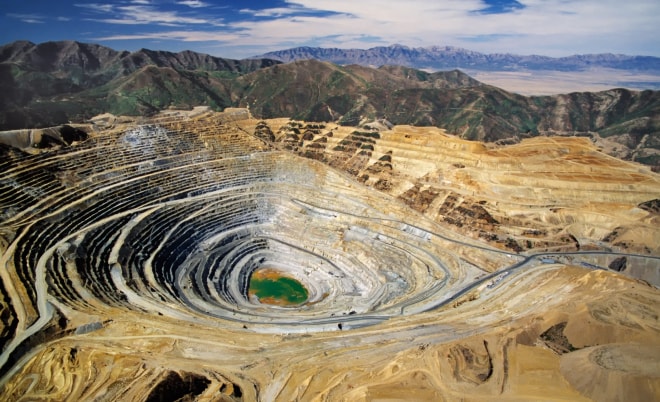Sometimes really important steps are not well seen in the public eye. Sometimes these important steps generate some controversy. Like all journeys the first steps are just the beginning.
Last week the State of New York released an Order to implement an Integrated Energy Data Resource (IEDR) that will create a central, independent platform for access to customer and system data. This culminates a two-year effort to open the doors for a more democratized approach to distributed energy resource development to benefit energy customers and electric grid alike.
New York State Public Service Commission has worked on the NY REV proceeding for years. It has been an uphill battle to reinvent the way energy is produced, moved, and used in New York. The whole country watched with mixed emotions as New York tackled long-standing issues related to energy data, energy systems, ownership, franchise rights, and customer benefits. The NY Department of Public Service (DPS) understood the inertia associated with long-standing utility franchises and the bevy of rules set up over decades to protect the inertial status quo. But DPS also understood that a real improvement in the NY energy landscape would not happen without changing rules and practices, even those with long-standing precedence.
What IEDR does is form an independent platform where energy customer data and utility system data is made available to support clean energy development, especially where customers can take a more direct role in the future of a low-carbon society.
Why IEDR is important is that a more open, ubiquitous data platform will (1) attract development and investment for broader clean energy systems, (2) enable broader and deeper energy analysis by a larger number of organizations, (3) find operational efficiencies (pro and con) as candidates for improvement, (4) engage more technical innovation born out of better analytics, and (5) engage a new set of business models that align with and span these other four benefits.
The benefit of IEDR is that developers, customers, and local utilities can collaborate on better solutions for clean energy working from a common data set.
This is the power of data.
IEDR is a multi-year approach to implement the overall system generally following a deliberate path:
- Managing the IEDR Program
- Developing the IEDR Architecture
- Developing and Integrating Detailed IEDR Designs and Specifications
- Deploying and Integrating IEDR Components and Services
- Testing and Commissioning IEDR Use Cases
- Operating the IEDR
NYSERDA is named as the IEDR Program Sponsor which helps to establish and maintain the independence of the IEDR platform.
The IEDR Order also refers throughout to the NYS DPS staff whitepaper, Recommendation to Implement an Integrated Energy Data Resource (Case 20-M-0082), that includes description of the Distributed Energy Resource (DER) Industry Group Initiative. I had the honor of participating in the DER Industry Group Initiative from day one.
